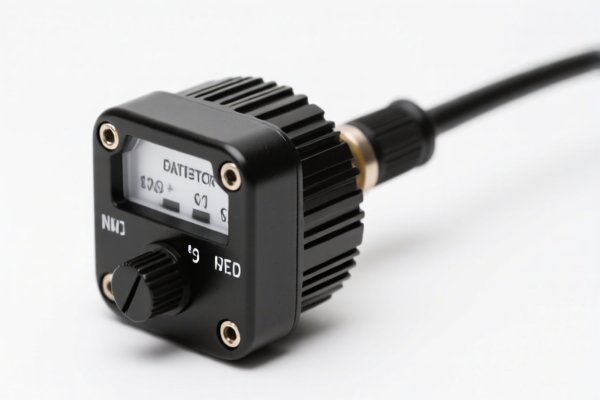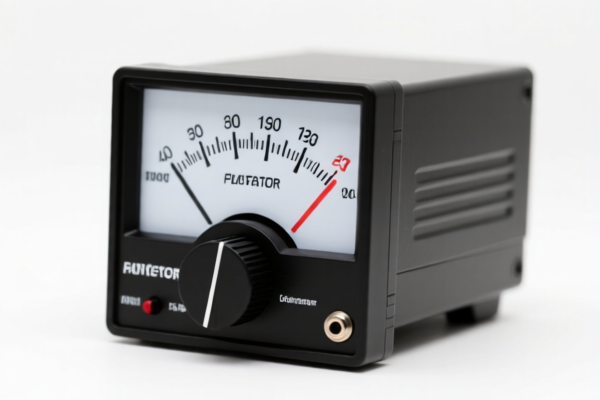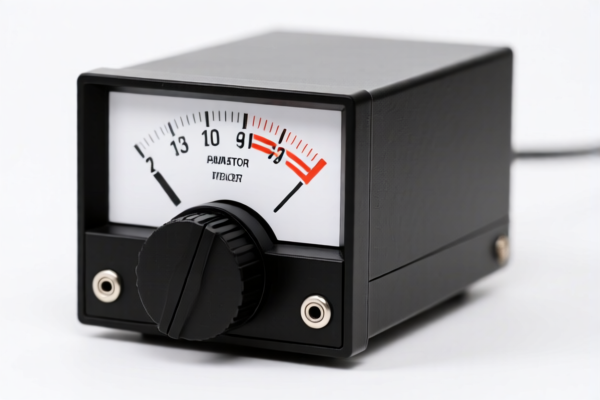| HS Code | Official Doc | Tariff Rate | Origin | Destination | Effective Date |
|---|---|---|---|---|---|
| 8543708800 | Doc | 30.0% | CN | US | 2025-05-12 |
| 8543906800 | Doc | 55.0% | CN | US | 2025-05-12 |
| 9030400000 | Doc | 55.0% | CN | US | 2025-05-12 |
| 9030908961 | Doc | 55.0% | CN | US | 2025-05-12 |




Attenuator
An attenuator is a network component used to reduce the power of a signal without significantly altering its waveform. It is commonly employed in radio frequency (RF), microwave, and optical systems.
Material
The materials used in attenuators depend on the frequency range and desired characteristics. Common materials include:
- Resistors: Used in fixed attenuators, particularly at lower frequencies. Thin-film resistors are often preferred for precision and stability.
- Ferrite Beads/Tiles: Employed in attenuators operating at microwave frequencies. They introduce loss due to magnetic properties.
- Membranes/Foils: Used in precision variable attenuators. Materials like cermet or metal alloys are common.
- Optical Fiber/Waveguides: Used in optical attenuators, employing materials like doped fiber or integrated optical components.
- Liquid Crystals: Used in electronically tunable optical attenuators.
Purpose
The primary purposes of using an attenuator are:
- Signal Level Adjustment: Reducing signal strength to prevent overload or distortion in receiving or processing circuits.
- Impedance Matching: Improving power transfer efficiency by matching the impedance of different components in a system.
- Calibration & Measurement: Providing known signal reductions for accurate testing and calibration of equipment.
- Dynamic Range Extension: Allowing sensitive receivers to handle a wider range of input signal levels.
- Isolation: Reducing interference between circuits.
Function
An attenuator functions by introducing loss into a signal path. This loss is typically expressed in decibels (dB). The attenuation value represents the reduction in signal power. Ideally, the attenuator should be frequency-independent and introduce minimal phase shift or distortion.
Usage Scenarios
- Radio Communication Systems: Adjusting signal levels in transmitters and receivers.
- Testing and Measurement Equipment: Calibrating power meters, spectrum analyzers, and network analyzers.
- Fiber Optic Communication: Controlling optical power levels in transmitters, receivers, and optical amplifiers.
- Microwave Systems: Reducing signal levels in radar systems, satellite communication, and electronic warfare applications.
- Audio Systems: Controlling volume levels and adjusting signal-to-noise ratios.
- Wireless Communication: Adjusting signal strength in base stations and mobile devices.
Common Types
- Fixed Attenuators: Provide a single, predetermined attenuation value. They are cost-effective and widely used.
- Variable Attenuators: Allow for adjustable attenuation levels. They are useful in applications requiring dynamic signal control.
- Mechanical Variable Attenuators: Use mechanical adjustments to change attenuation.
- Electronically Variable Attenuators: Use electronic signals to control attenuation.
- PIN Diode Attenuators: Utilize PIN diodes to switch between different attenuation levels.
- Digital Step Attenuators: Offer precise, digitally controlled attenuation steps.
- Optical Attenuators: Reduce optical power levels.
- Free Space Attenuators: Use apertures or filters to reduce optical power.
- In-Line Attenuators: Integrated within optical fiber connectors.
- LC Attenuators: Utilize inductors and capacitors to achieve attenuation. Primarily used in microwave applications.
- Beta Attenuators: Employ a resistive network to provide a flat attenuation response over a wide frequency range.
Based on the provided information, the declared goods "attenuator" can be classified under the following HS codes:
-
8543708800: Electrical machines and apparatus, having individual functions, not specified or included elsewhere in this chapter; parts thereof: Other machines and apparatus: Other: Electrical machines with translation or dictionary functions; video game console controllers which use infrared transmissions to operate or access the various functions and capabilities of the console.
- 85: Electrical machinery and equipment.
- 43: Electrical machines and apparatus, having individual functions, not specified or included elsewhere in this chapter.
- 70: Other machines and apparatus.
- 88: Other.
- This HS code covers a broad range of electrical machines with specific functions, and attenuators could fall under this category if they are considered specialized electrical machines. The tariff is currently 0.0% basic tariff, 0.0% additional tariff, increasing to 30.0% additional tariff after April 2, 2025, resulting in a total tariff of 30.0%.
-
8543906800: Electrical machines and apparatus, having individual functions, not specified or included elsewhere in this chapter; parts thereof: Parts: Other: Printed circuit assemblies: Other.
- 85: Electrical machinery and equipment.
- 43: Electrical machines and apparatus, having individual functions, not specified or included elsewhere in this chapter.
- 90: Parts.
- 68: Other.
- If the attenuator is a component integrated into a printed circuit assembly, this HS code may be applicable. The tariff is currently 0.0% basic tariff, 25.0% additional tariff, increasing to 30.0% additional tariff after April 2, 2025, resulting in a total tariff of 55.0%.
-
9030400000: Oscilloscopes, spectrum analyzers and other instruments and apparatus for measuring or checking electrical quantities, excluding meters of heading 9028; instruments and apparatus for measuring or detecting alpha, beta, gamma, X-ray, cosmic or other ionizing radiations; parts and accessories thereof: Other instruments and apparatus, specially designed for telecommunications (for example, cross-talk meters, gain measuring instruments, distortion factor meters, psophometers).
- 90: Instruments and apparatus which measure or check physical or chemical quantities, meters or detectors, optical instruments, photographic or cinematographic apparatus, surgical instruments and apparatus, precision instruments and apparatus.
- 30: Oscilloscopes, spectrum analyzers and other instruments and apparatus for measuring or checking electrical quantities.
- 40: Other instruments and apparatus, specially designed for telecommunications.
- If the attenuator is used as a measuring instrument in telecommunications, this HS code may be applicable. The tariff is currently 0.0% basic tariff, 25.0% additional tariff, increasing to 30.0% additional tariff after April 2, 2025, resulting in a total tariff of 55.0%.
According to the provided reference material, the HS code options related to 'attenuator' are limited, with only the following 3 found.
Customer Reviews
No reviews yet.